Chacahua is one of those secret spots in Mexico. Its low-key vibe will appeal to a specific type of traveller; if nearby Puerto Escondido strikes you as ‘too commercial’ or you long for some tranquillity, then Chacahua may just be your thing.
An Afro-Mexican fishing community along the Pacific Coast, Chacahua has become one of those hushed-about destinations among in-the-know travellers and surfers.
CHACAHUA TRAVEL TIPS
- Bring cash because there are no ATMs.
- Bring bug spray, as the lagoon does attract its share of mozzies!
- Mobile internet can’t be relied on, but many places offer free WiFi
- If you type in Chacahua in Google Maps, it will show you a place very close to Puerto Angel. This is NOT the right one. You can click here for the correct location.
I loved my stay in Chacahua, which felt like a real escape into nature where I could slow down and relax. Nevertheless, I should be clear that it’s a basic place.
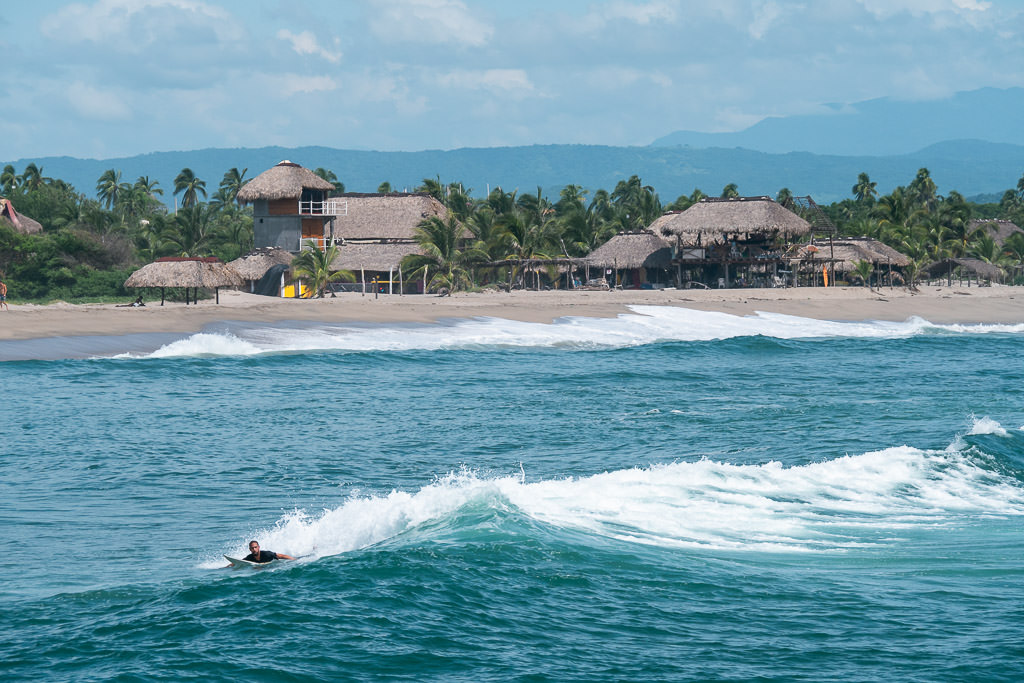
Compared to Puerto Escondido, Mazunte, or Puerto Ángel, Chacahua is just barely developed. Many of the hotels you can’t book online, so you have to inquire in person. You probably won’t get more than one bar of phone reception (if that), and your food choices will be limited to only basic Mexican food or maybe a simple pizza.
Of course, these are also some of the aspects that give Chacahua its authenticity and unique atmosphere. It’s the perfect place to take it easy, enjoy nature, and simply spend your days swimming, surfing, or reading.
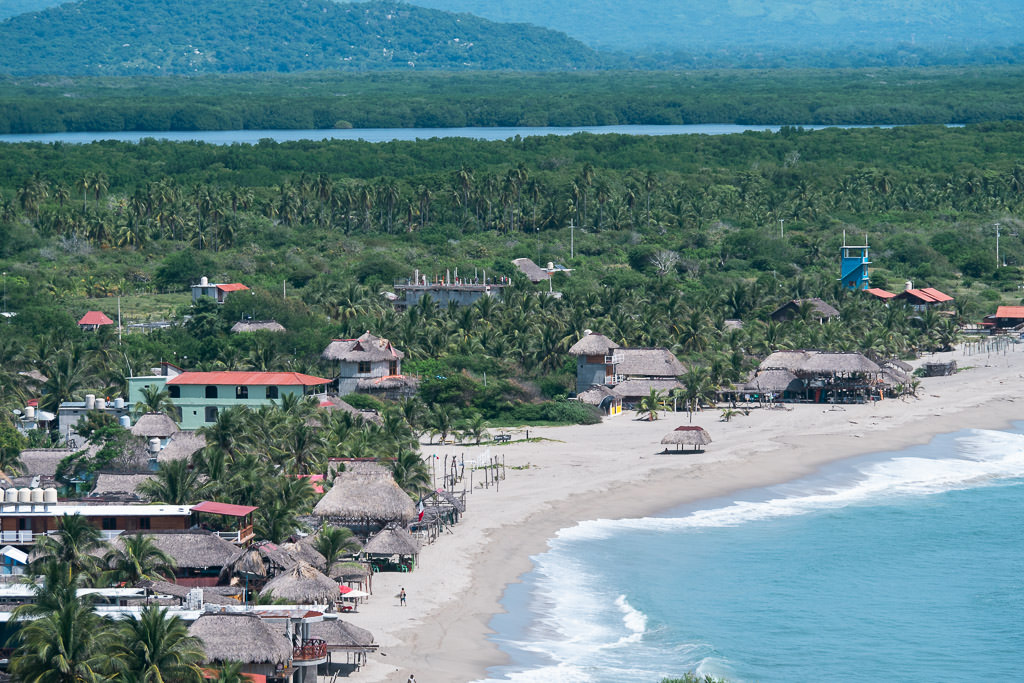
How to get to Chacahua
Located among lagoons and mangroves deep inside a protected nature area, Chacahua may strike you as more remote and less discovered than other locations along the Pacific Coast.
It does take a few extra steps to get to, but it’s surprisingly accessible given its somewhat isolated location.
Don’t have much time? Visit on a tour!
I recommend staying at least 2 or 3 nights in Chacahua. But if you don’t have enough time, you can also take a day trip from Puerto Escondido. This will skip the complicated logistics as you’ll go there simply by boat. The experience lasts about 9 hours.
While staying in Chacahua is best so you can fully experience the beautiful mornings and sunsets, a tour will be a great alternative if your main base is in Puerto Escondido. You can easily book a tour at GetYourGuide or Viator.
Getting to Chacahua from Puerto Escondido takes either four or five different steps, which is surely what (luckily) keeps the masses at bay.
But unless you’re completely new to travelling, it’s not difficult to follow the steps. And while there are several modes of transport involved, the drivers do coordinate with each other, so the transfers are generally quite smooth.
Step 1: Go to the colectivo terminal in Puerto Escondido
You will find it here. Say that you’re going in the direction of Zapotalito or Chacahua so the driver knows where to drop you off. Don’t worry, it’s a popular stop, so you won’t miss it. But just in case, there are the coordinates.
Step 2: Take a taxi
You’ll be dropped off by the main road seemingly in the middle of nowhere. However, there is a taxi stop as well as a small cafe/shop. Grab a taxi to El Zapotalito. This will cost about 80 pesos if going private or 20 pesos if sharing. It takes about 5-10 minutes.
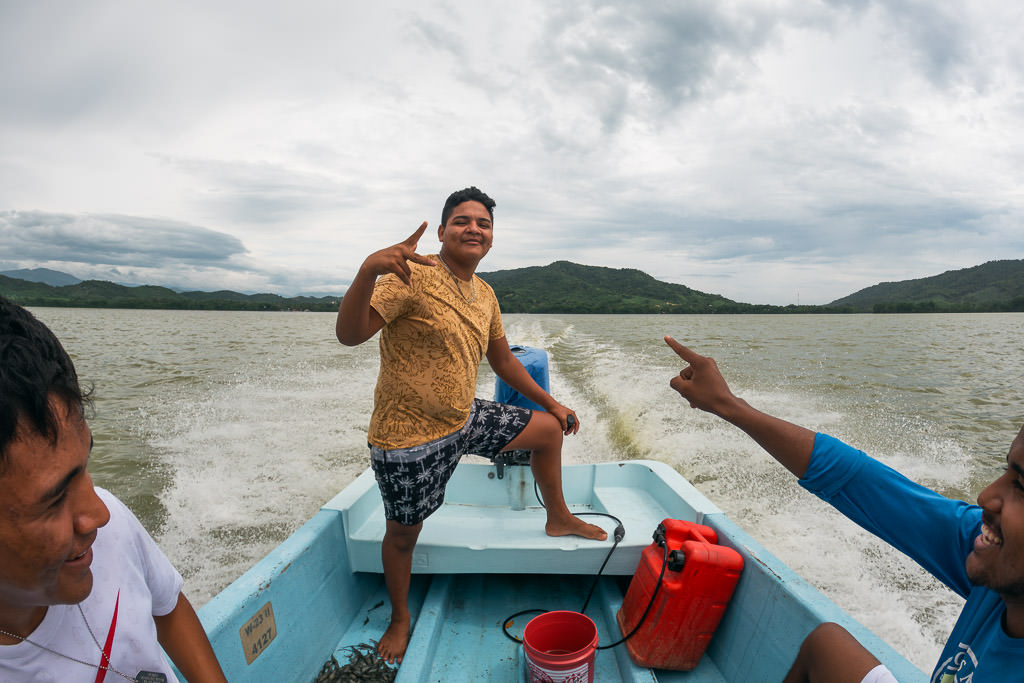
Step 3 – A: Take a boat
After arriving in the village of El Zapotalito, you have two options. Firstly, you can take a boat directly to Chacahua. There is a small pier with information panels where these depart. It will normally cost 300 pesos (around $18 USD) per person. However, this may be negotiable! I was travelling solo and waited a while for other people to show up. When none did, I paid just half the amount. The trip took about 30 minutes.
Step 3 – B: Take a boat and camioneta
The cheaper option is to take a short boat (ferry) to cross the river. This costs only 20 pesos. Then you hop on a camioneta (a truck) to Chacahua.
The direct boat to Chacahua is pretty scenic, so you may consider doing it one way and taking the camioneta the other way.
Curious what Chacahua is really like? Then check out my video:
Where to stay in Chacahua
Some of the more developed hotels can be booked online. These include the Cabañas Laguna Azul, Cabañas La Isla Chacahua, Cabañas Alta Mar, and Hotel Sanmara. Expect to pay at least $50 per night for a cabin or cottage in these properties.
If you are on a budget, it’s best to take the old-school approach of simply arriving without a reservation and asking around locally. (If you’re a traveller of a certain age, like me, you’ll remember doing this quite regularly back in the day!)
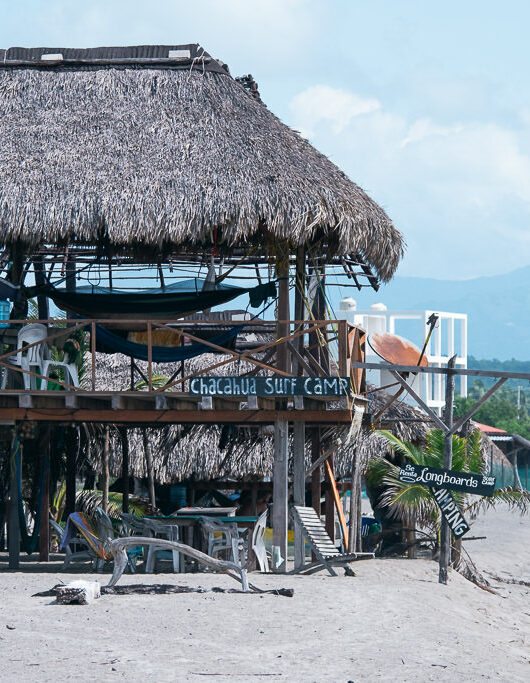
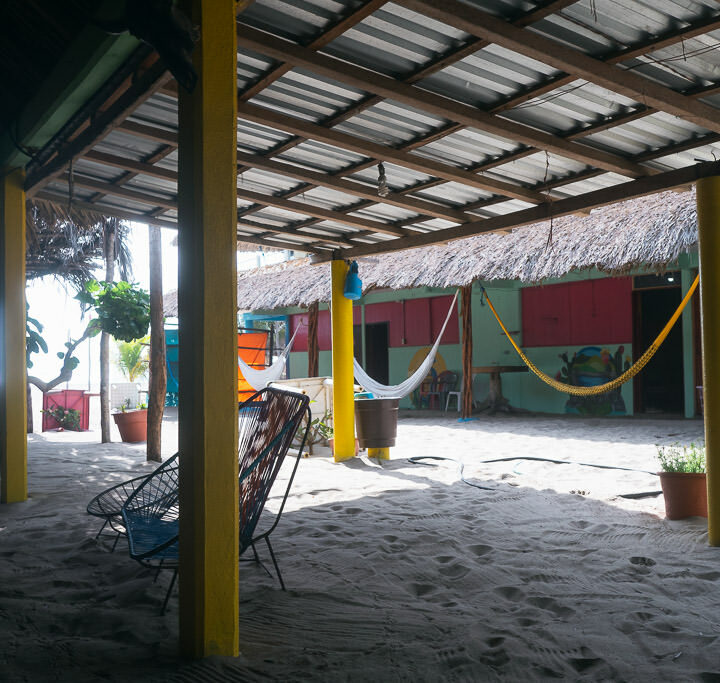
Many properties along the beach offer basic fan-only rooms for around $20 USD per night. Just ask to see the room before committing to a stay, so you can check if everything is to your expectations. Don’t worry, there will be loads of options.
As far as I’m aware, there are no backpacker dorms in Chacahua. However, some rooms are quite cheap and a couple of properties allow guests to camp on the beach.
Things to do in Chacahua
Okay, Chacahua is not exactly a “top things to do in X” kind of place.
If you arrive with a bulleted list of sights to tick off and tag online, you may be somewhat disappointed. The best activities are just to laze in a hammock or ride some waves.
But there are certainly a few things you can do — at least enough to fill a couple of days.
Go birdwatching in the lagoons
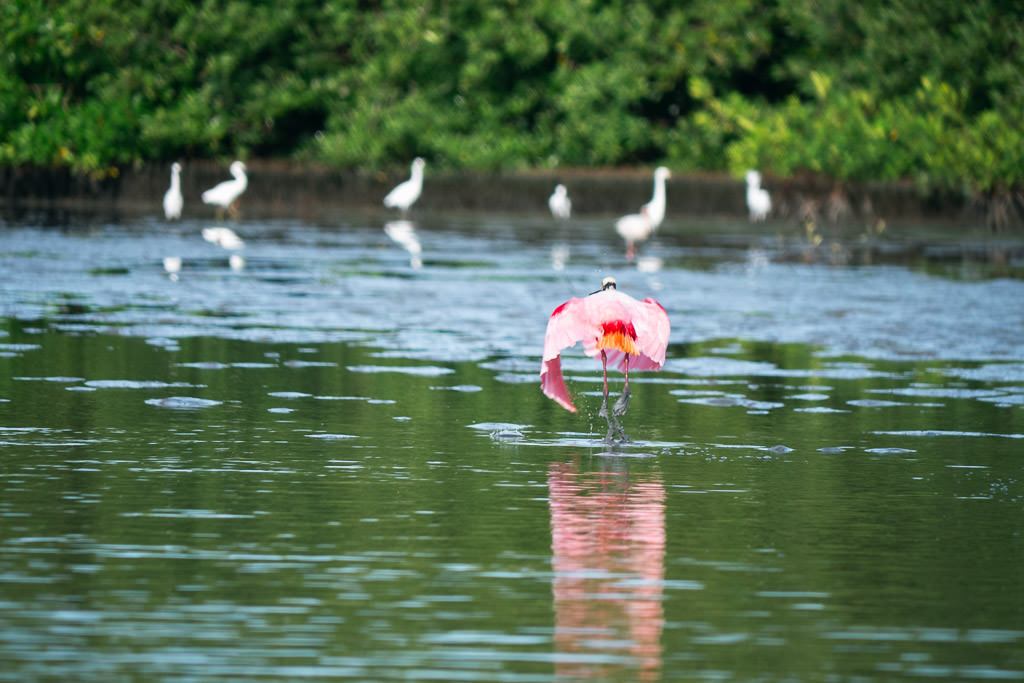
The nearby lagoon and mangroves are brimming with birds including large species like spoonbills, storks, and herons. You can see a wooden sign on the beach near the pier advertising birdwatching tours. In my case, the brother of the owner of my guesthouse took me on a little tour (things can still be improvised like that in Chacahua).
I was told there would be pink flamingos. What I saw instead were pink spoonbills, which were also pretty cool. I’m not sure if flamingos can indeed be seen in the area, but perhaps you will be lucky and see some.
Visit the crocodile sanctuary
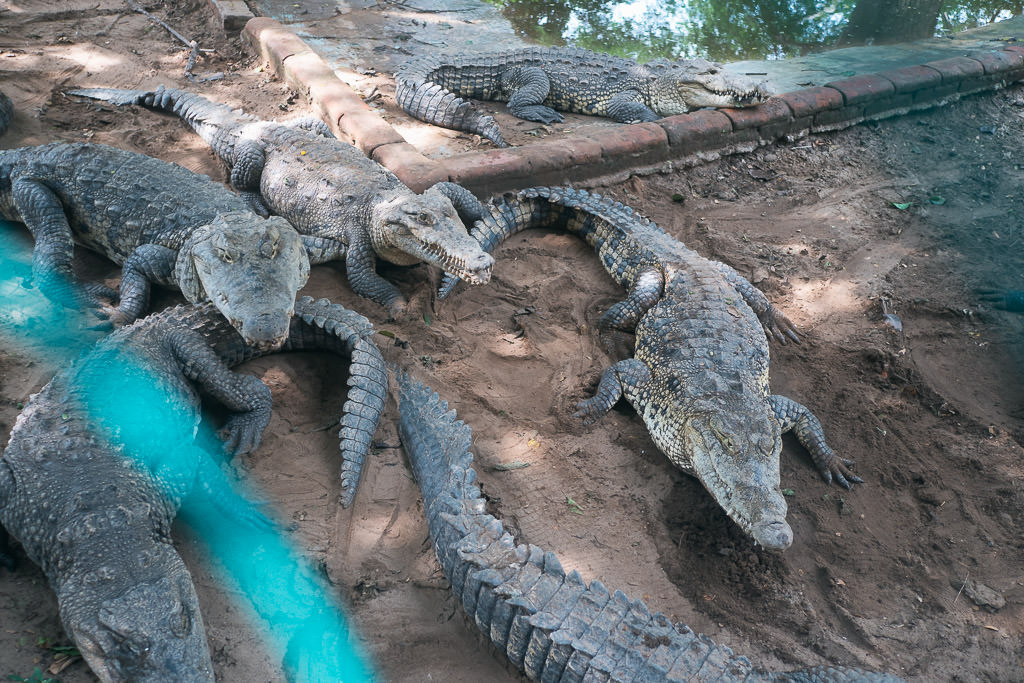
On the other side of Chacahua, across the river, is a crocodile sanctuary home to two dozen or so big crocs. For a donation of 20 pesos, you can get a brief tour (in Spanish) of the facilities.
It is meant to be a conservation effort to support local populations (don’t worry, the wild crocodiles live far away from the town). They may not be the most charismatic creatures, but the work of this sanctuary is of course admirable. And if you ever wanted to see crocodiles very much up close, then you will see them much closer here than you’ll ever see them in a zoo!
Hike to the lighthouse
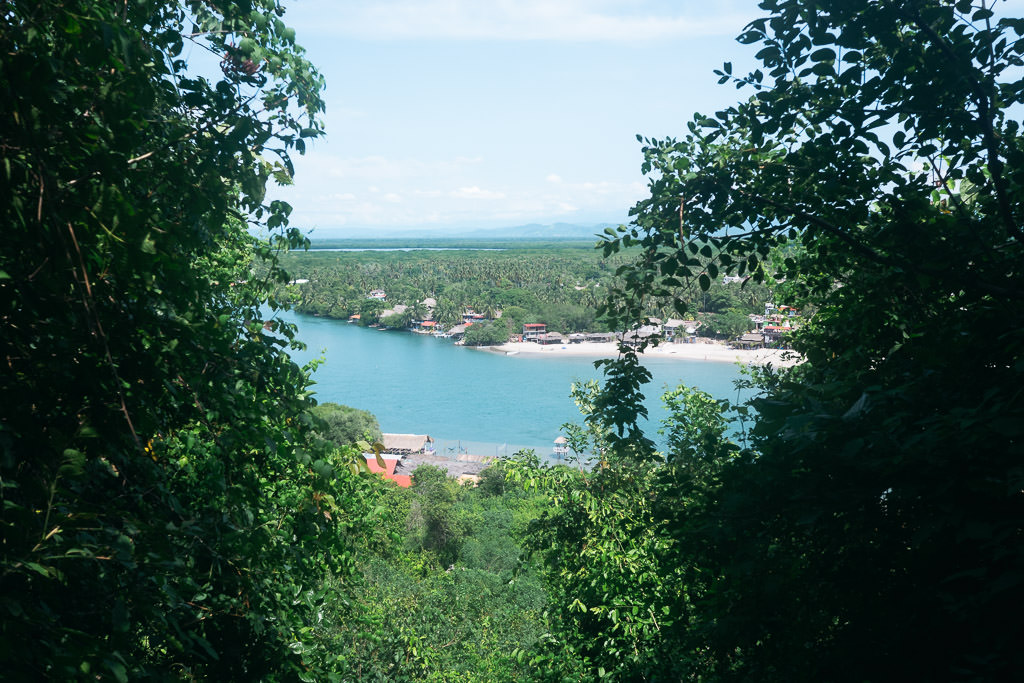
This gets mentioned a lot in other guides, but to be honest, I’m not sure how worthwhile this is. In the interest of completion, I’ll still mention it.
The short but steep path to the top is truly a festival of mosquitos and the trees obscure most of the viewing angles to the town. Judging by some of the pictures online, I guess people found a way to actually get on top of the lighthouse, but this was fenced off when I visited. I imagine the sunsets from here can still be quite beautiful.
You’ll need to get a lancha to ferry you to the south side of the river. After landing here, turn right and follow the road. Pretty soon on your left side will be a big sign saying a path has been officially closed. Ignore this sign and follow the small path straight up the hill.
Witness a baby turtle release
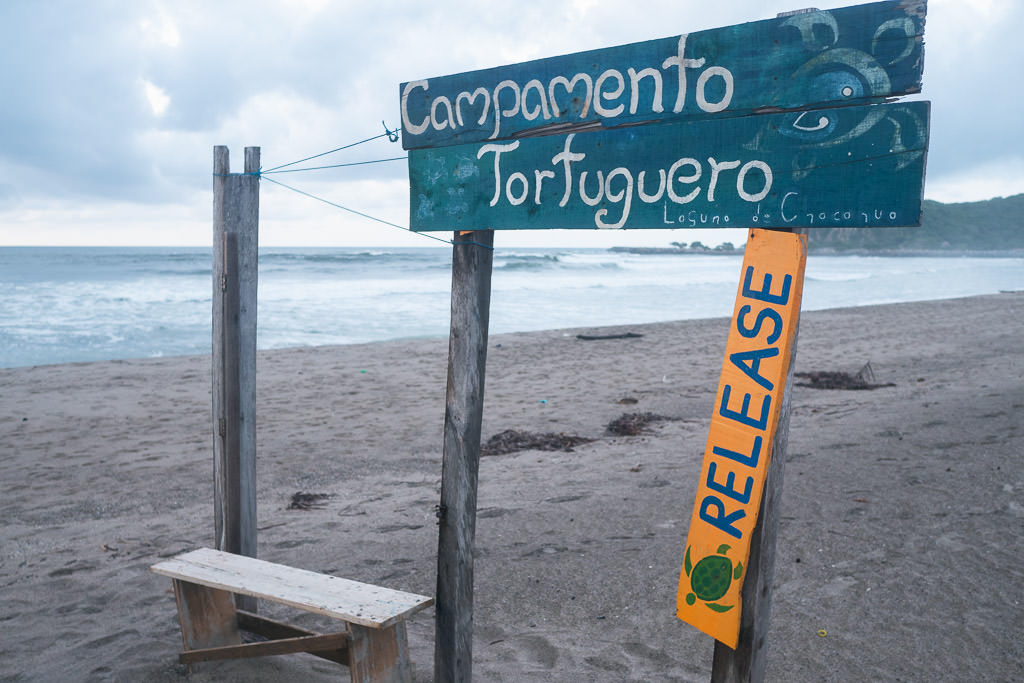
The beaches near Chacahua are a nesting ground for three marine turtles, especially the endangered Leatherback Turtle. Locals protect the eggs until they hatch and then release the little ones into the ocean. You can ask around when the next release will be.
While I missed it in Chacahua, I’ve seen this several times in Mexico and Colombia and it’s always a magical moment to see them crawl towards the ocean!
Enjoy the local food
As I mentioned, there is no international cuisine in town at all, unless you want to count the wood-fired pizza that one of the comedores offers at the beach. Other than that, it’s just all delicious traditional Mexican food around here, and the fish and seafood is predictably great.
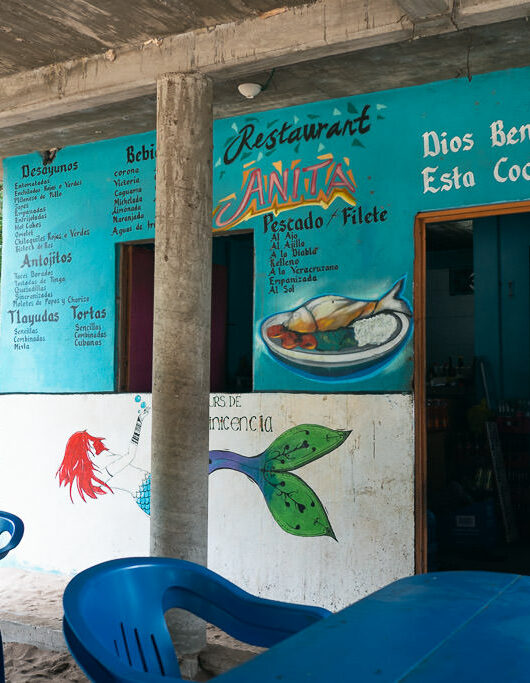
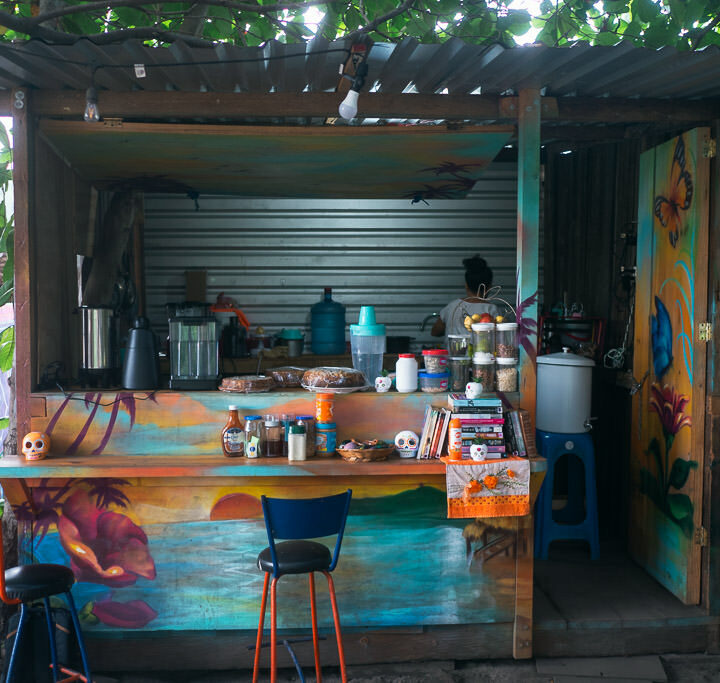
See bioluminescent plankton
Witnessing bioluminescent plankton sparkle in the dark is quite a magical experience. These organisms cast light due to chemical reactions in their bodies, so they can be seen at night.
The best way to see this is to take a boat out into the lagoon after nightfall. You’ll be able to jump in for a swim and as you wave your hands around in the water, you’ll see a trail of sparkling plankton like you’re casting a spell with a magic wand.
It can be experienced year-round but visibility is best during the new moon (when the moon is dark). You can arrange a tour locally via your accommodation or look for signs advertising them on the beach.
Other than these activities, the best things to do in Chacahua are mainly just to swim, read a book, or surf.
Oh, yeah, and the sunsets are insane!
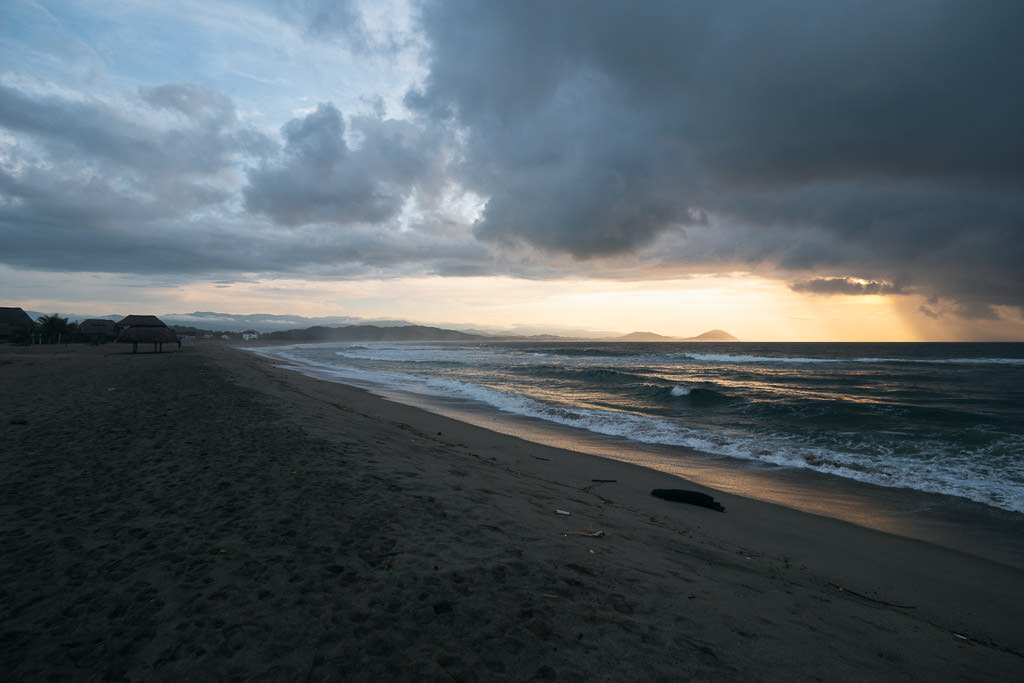
It’s not where you should go expecting nightlife, lots of tour companies, or even any backpacker hostels. But that is exactly what makes it so special.
I hope you enjoy this hidden gem in Mexico, Since it does take a bit of effort to get to, and because part of the appeal is to truly slow down and relax, I recommend staying at least 2 or 3 nights if you can.
Some links may be affiliate links, meaning I may earn commission from products or services I recommend. For more, see site policies.
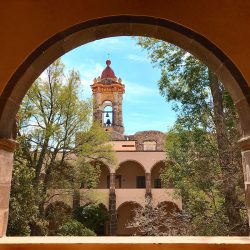
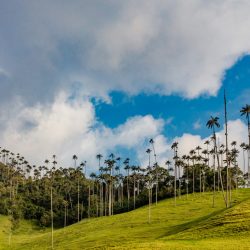




0 comments
Leave a comment
Your email address will not be published. Comments are manually moderated.